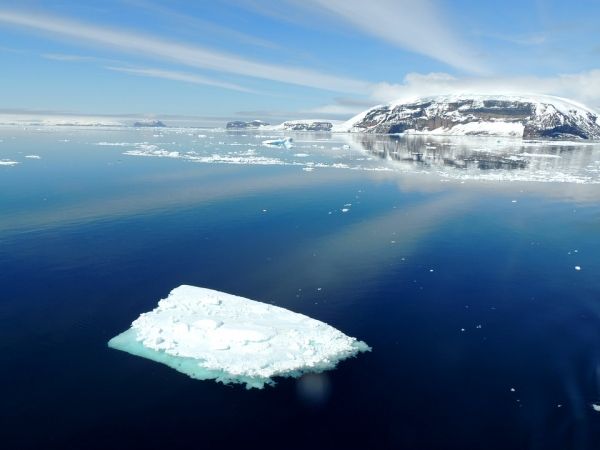Our planet’s strongest ocean current, which circulates around Antarctica, plays a major role in determining the transport of heat, salt and nutrients in the ocean. An international research team led by the Alfred Wegener Institute has now evaluated sediment samples from the Drake Passage. Their findings: during the last interglacial period, the water flowed more rapidly than it does today. This could be a blueprint for the future and have global consequences. For example, the Southern Ocean’s capacity to absorb CO2 could decrease, which would in turn intensify climate change. The study has now been published in the journal Nature Communications.
The Antarctic Circumpolar Current (ACC) is the world’s strongest ocean current. Since there are no landmasses blocking its way, the West Wind Drift drives the water unhindered eastwards around the Antarctic in a clockwise direction. As a result, a gigantic ring-shaped current forms, linking together the Pacific, Atlantic and Indian Oceans in the south. The ACC is the central distribution point in global ocean circulation – also known as the ‘global conveyor belt’ – and as such influences oceanic heat transport and marine material cycles around the planet. Major changes in the ACC therefore have global consequences.
“Although the ACC plays an important role in tomorrow’s climate, our understanding of its behaviour is still extremely limited,” says Dr Shuzhuang Wu, a researcher at the Marine Geosciences Section of the Alfred Wegener Institute, Helmholtz Centre for Polar and Marine Research (AWI) and first author of the study released in Nature Communications. “In order to remove the related uncertainties in the climate models and to improve future forecasts, we urgently need paleo-data, which we can use to reconstruct the conditions and behaviour of the ACC in the past.”
Read more at Alfred Wegener Institute, Helmholtz Centre for Polar and Marine Research
Photo Credit: clara5656 via Pixabay


